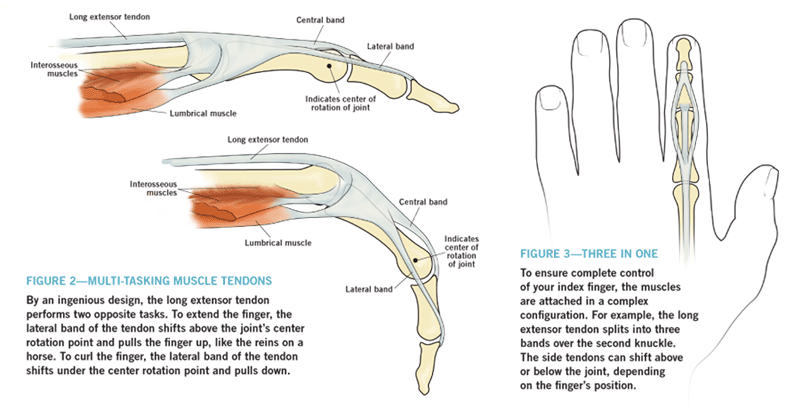The Basics of Left Index Finger Anatomy

The left index finger is one of the most important fingers in the human body. It is used for a variety of tasks, including pointing, typing, and gripping objects. The finger is made up of bones, muscles, tendons, and ligaments that work together to allow for movement and control. Understanding the basic anatomy of the left index finger is essential for anyone looking to improve their hand function or prevent injury.
Bones of the Left Index Finger
The left index finger is made up of three bones: the distal phalanx, middle phalanx, and proximal phalanx. These bones are connected by joints that allow for movement and flexibility. The distal phalanx is the tip of the finger and is the bone that is responsible for the fingertip sensation.
Muscles of the Left Index Finger

There are several muscles that control the movement of the left index finger. The flexor digitorum profundus muscle is responsible for flexing the distal phalanx, while the extensor digitorum muscle extends the finger. The lumbrical muscles help to flex the finger at the metacarpophalangeal joint.
Tendons and Ligaments of the Left Index Finger

The tendons and ligaments of the left index finger play a crucial role in allowing for movement and stability. The flexor tendons run along the palm side of the finger and are responsible for bending the finger. The extensor tendons run along the back side of the finger and are responsible for extending the finger. The collateral ligaments on either side of the finger help to stabilize the joints.
Nerves of the Left Index Finger

The left index finger is innervated by several nerves, including the radial, ulnar, and median nerves. These nerves provide sensation and motor control to the finger. Damage to these nerves can result in numbness, tingling, or weakness in the finger.
Common Injuries of the Left Index Finger

The left index finger is susceptible to a variety of injuries, including fractures, dislocations, and tendon or ligament strains. Repetitive strain injuries, such as carpal tunnel syndrome or trigger finger, can also affect the left index finger. Proper hand and finger positioning, stretching, and strengthening exercises can help prevent these injuries.
Conclusion
The left index finger is an important part of the human hand and is used for a variety of tasks. Understanding its anatomy and function is essential for anyone looking to improve their hand function or prevent injury. Proper hand and finger positioning, stretching, and strengthening exercises can help maintain the health and function of the left index finger.